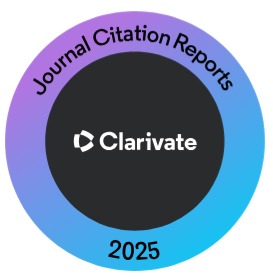Morbid Adherent Placenta: Morbidity and Mortality Report from a Developing Country
Keywords:
Morbidly adherent placenta, Morbidity, Mortality, Developing country.Abstract
Objective: To determine the frequency of Morbidly Adherent Placenta (MAP) in pregnant women having history of obstetrical scar and its outcome in perspective of emergency or planned surgery.
Methodology: This retrospective study was conducted in duration of one year from January to December 2016, in the Department of Obstetrics and Gynecology, Liaquat University of Medical and Health Sciences Jamshoro Sindh Pakistan. All the patients who were pregnant with history of previous scar diagnosed as a case of MAP were included while. Primigravida & Placental abruption cases were excluded. Data was analyzed through SPSS Version 21. Mean + SD, frequencies & percentages were calculated. Chi-square was used as test of significance.
Results: Total 68 cases of MAP sorted out from the scrutiny of records of 10,000 cases. The mean±SD age of all patients was 28.14±4.57 years ranging from 19 to 38 years. The mean ± SD gestational age was 31.66±3.33 weeks. Patients were divided in two groups one who presented in emergency and second group of women diagnosed during antenatal period. The most common types of MAP were Placenta Accrete 30 (44.11%) and Placenta Percreta 29 (42.64%). Incidence of maternal death, surgical & post-operative complications, blood loss, and mean length of hospital stay were significantly less
common among antenatal group. (P value = 0.001).
Conclusion: Morbidly adherent placenta is relatively less common in our women. Placenta Accreta and Percreta were the frequent types.
Downloads
Published
How to Cite
Issue
Section
License
Submission of a manuscript to the journal implies that all authors have read and agreed to the content of the undertaking form or the Terms and Conditions.
When an article is accepted for publication, the author(s) retain the copyright and are required to grant the publisher the right of first publication and other non-exclusive publishing rights to JLUMHS.
Articles published in the Journal of Liaquat University of Medical & health sciences are open access articles under a Creative Commons Attribution-Noncommercial - Share Alike 4.0 License. This license permits use, distribution and reproduction in any medium; provided the original work is properly cited and initial publication in this journal. This is in accordance with the BOAI definition of open access. In addition to that users are allowed to remix, tweak and build upon the work non-commercially as long as appropriate credit is given and the new creations are licensed under the identical terms. Or, in certain cases it can be stated that all articles and content there in are published under creative commons license unless stated otherwise.























